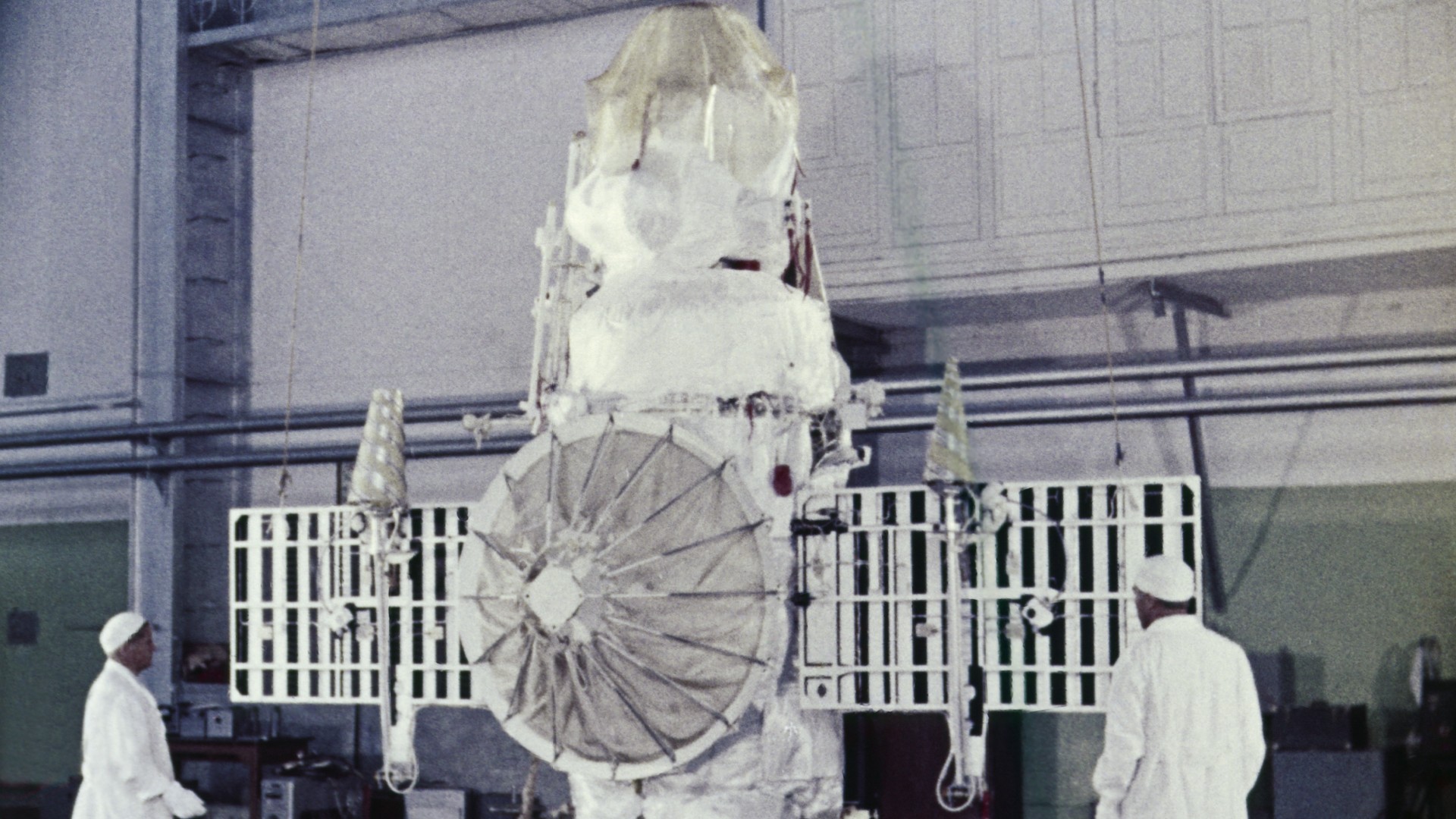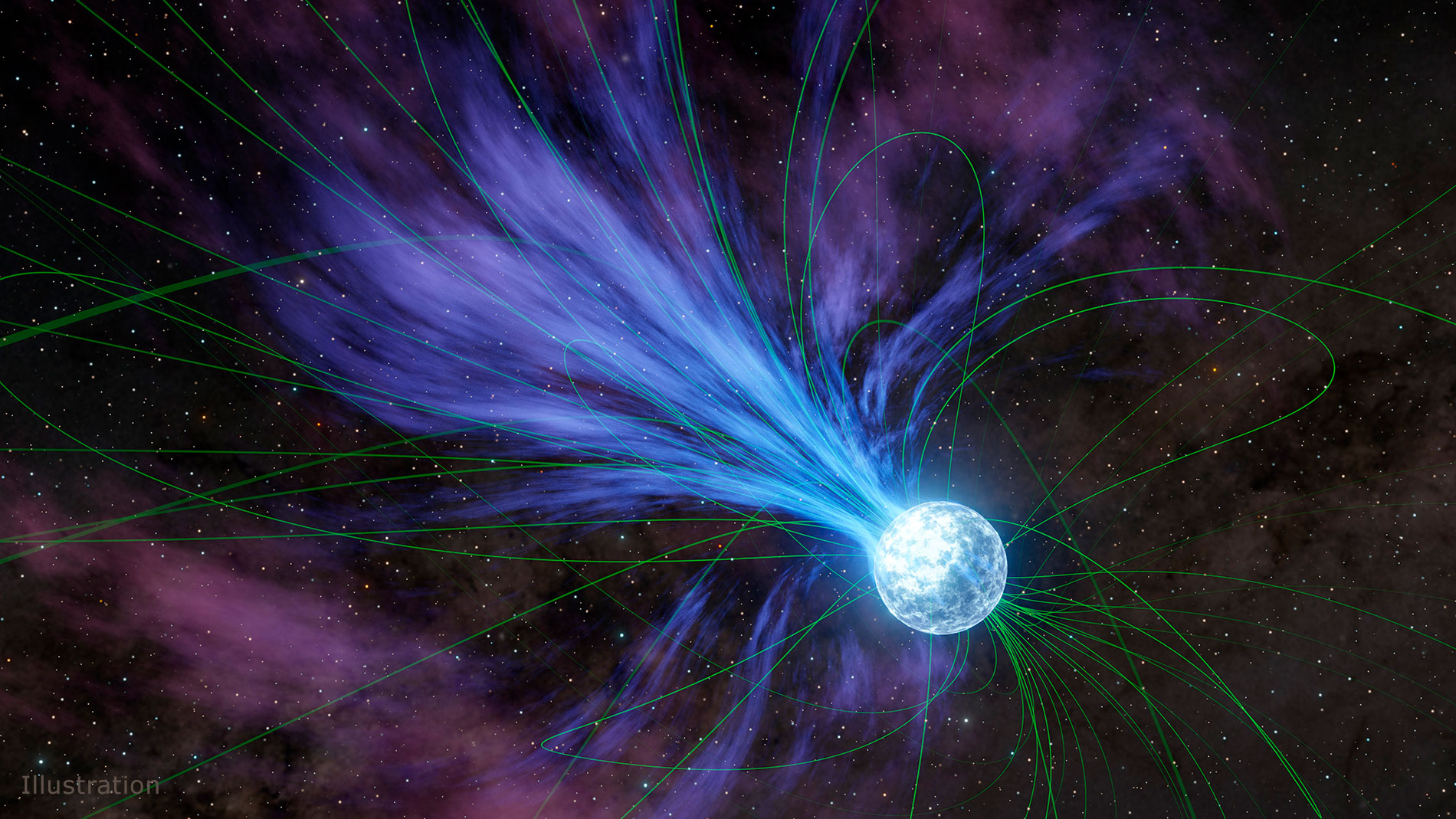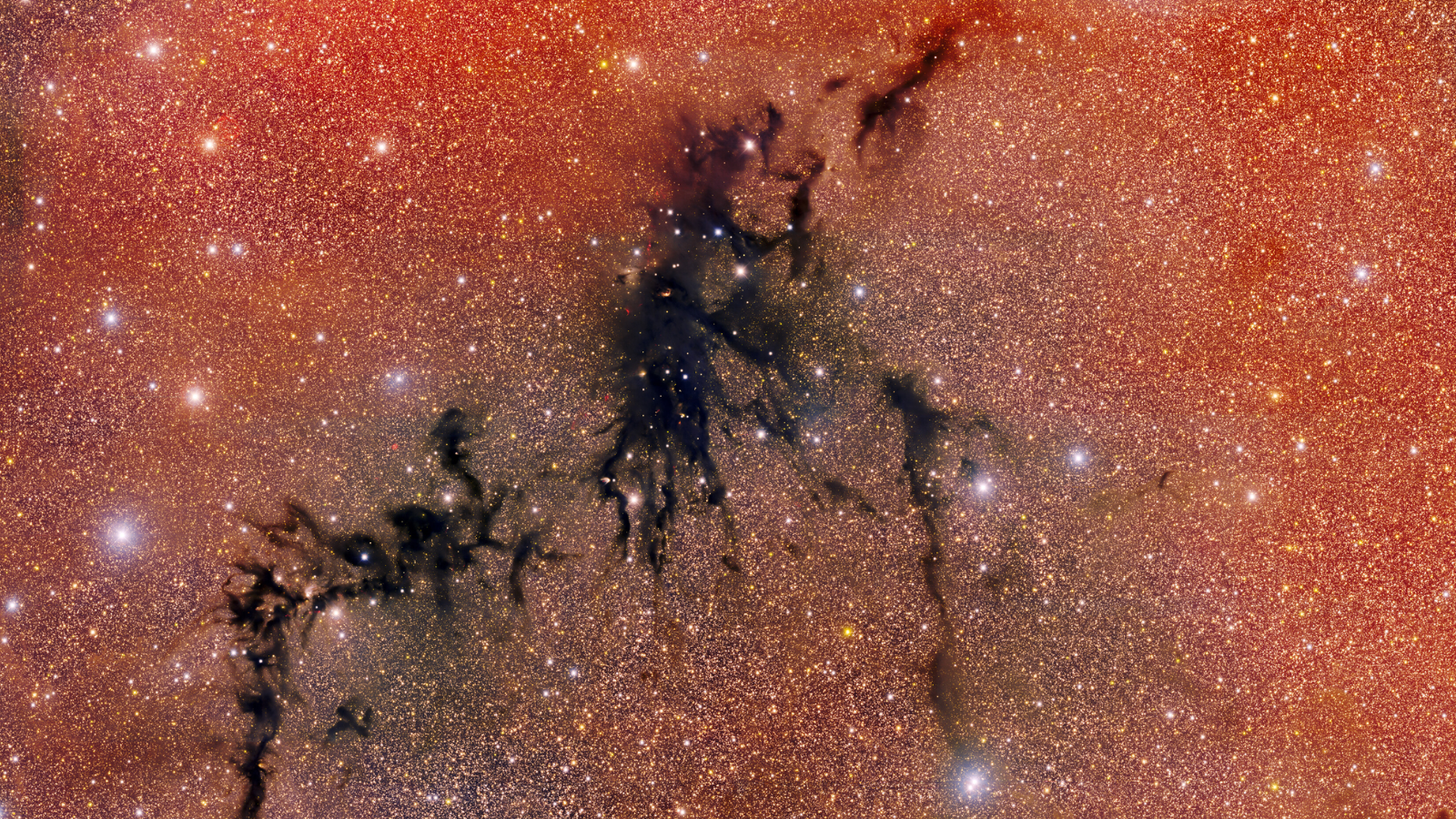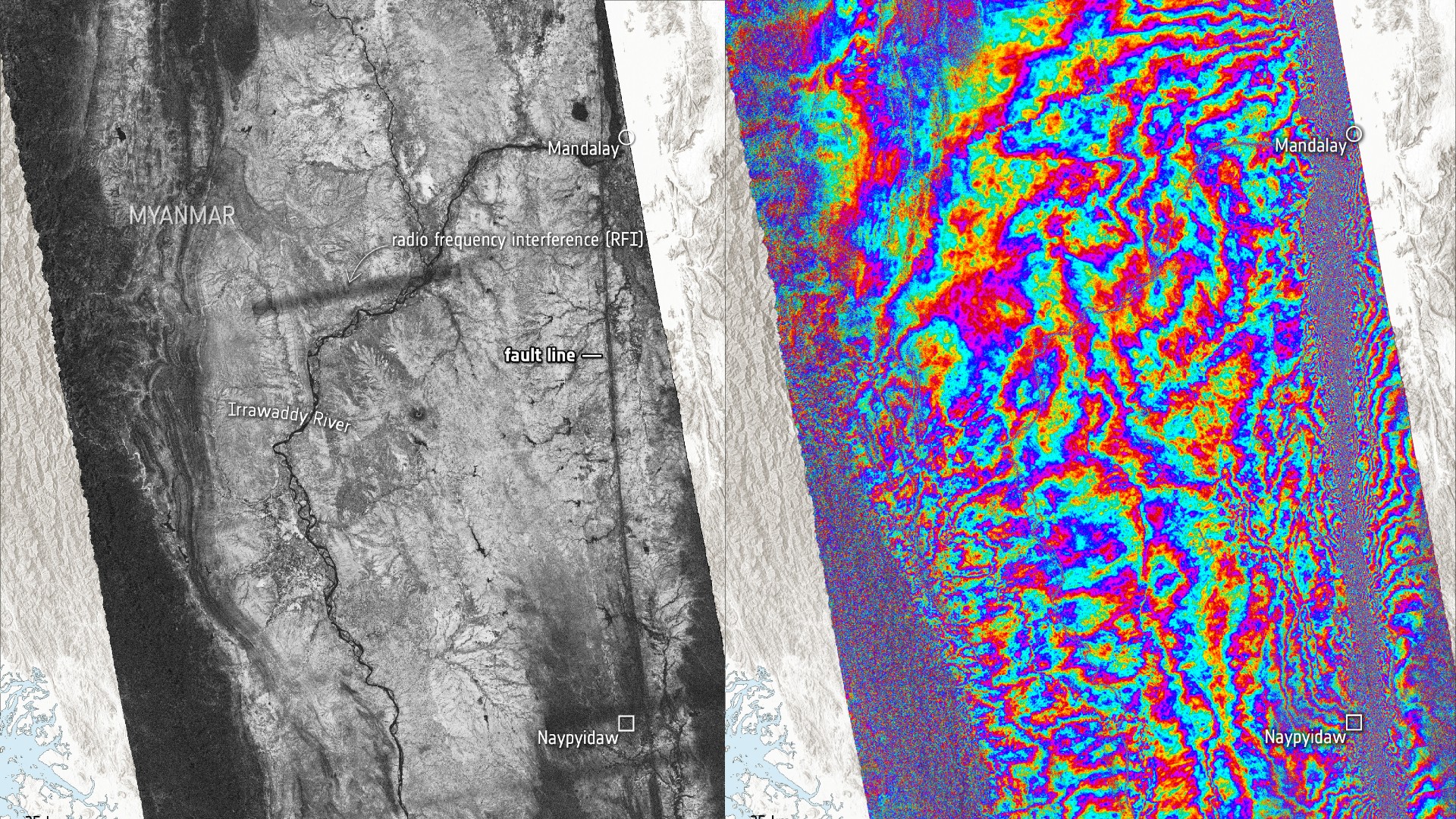Strange Signals from Space: 'Space's Deepest Secrets' Investigates (Video)
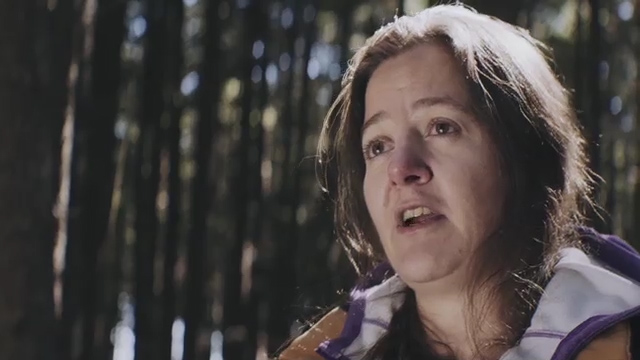
A special episode of the Science Channel show "Space's Deepest Secrets" will probe the origins of mysterious radio bursts in the sky and other phenomena that beg celestial explanation, such as a distant star that exhibits mysterious dimming, which occurred again just a few days ago.
Researchers have wondered about the source of fast radio bursts, or FRBs, since they discovered the strange, powerful blasts of radio light in the skies in 2007. Each burst lasts for just a fraction of a second but releases more energy in that time than the sun will radiate in 10,000 years. A recent study speculated that these bursts could come from radio transmitters used to propel aliens across the skies.
While the alien explanation is unlikely, the flashes illuminate how little we know about the universe — and what might lurk in it.
In "Space's Deepest Secrets: Strange Signals from Alien Worlds," which premieres June 6 at 9 p.m. EDT/PDT, experts probe FRBs and other weird spectacles in the vast sky.
The episode features an interview with Tabetha Boyajian, an astronomer currently at Louisiana State University who first detected the strangely dimming star KIC 8462852. One out-there theory holds that the dimming could be evidence of an alien megastructure built around the star.
Frank Drake, a pioneer in the search for extraterrestrial intelligence (SETI) and founder of the SETI Institute, also speaks in the episode. Duncan Lorimer, the West Virginia University researcher who found the very first FRB in data from the Parkes radio telescope in Australia, is featured as well.
The episode also explores the rapidly spinning neutron stars called pulsars (particularly, pulsars that emit radio waves) and features an interview with one of their discoverers, Jocelyn Bell Burnell, of the University of Cambridge in England. Though the pulsing lights' origin is now known, at the time, she marked the inexplicable signal LGM1, short for "little green men," according to a statement from Science Channel.
Get the Space.com Newsletter
Breaking space news, the latest updates on rocket launches, skywatching events and more!
Finally, the episode digs into humanity's own "strange signals," or messages that humans have sent out into space. Those signals include "the sounds of rain, a mother's kiss, sheep herding, a heartbeat, JS Bach’s Brandenburg Concerto No.2, a ship's horn, the bark of a 'tame dog' and 25,800 text messages from Australians," according to the statement.
"I believe we're closer now to potentially detecting alien life than we've ever been," Wyatt Channell, an executive producer for Science Channel, said in the statement. "And while incontrovertible proof remains elusive, research from brilliant astronomers all over the world continues to provide us with new clues that suggest we probably inhabit a universe teeming with life."
Email Sarah Lewin at slewin@space.com or follow her @SarahExplains. Follow us @Spacedotcom, Facebook and Google+. Original article on Space.com.
Join our Space Forums to keep talking space on the latest missions, night sky and more! And if you have a news tip, correction or comment, let us know at: community@space.com.

Sarah Lewin started writing for Space.com in June of 2015 as a Staff Writer and became Associate Editor in 2019 . Her work has been featured by Scientific American, IEEE Spectrum, Quanta Magazine, Wired, The Scientist, Science Friday and WGBH's Inside NOVA. Sarah has an MA from NYU's Science, Health and Environmental Reporting Program and an AB in mathematics from Brown University. When not writing, reading or thinking about space, Sarah enjoys musical theatre and mathematical papercraft. She is currently Assistant News Editor at Scientific American. You can follow her on Twitter @SarahExplains.
